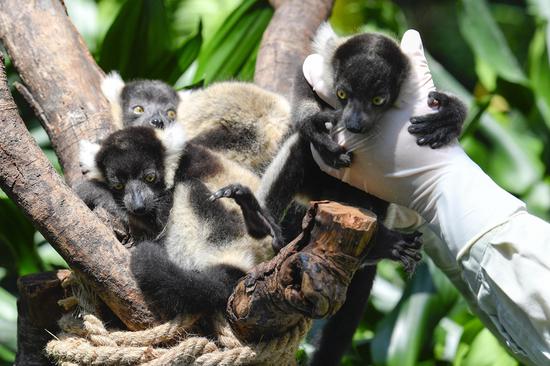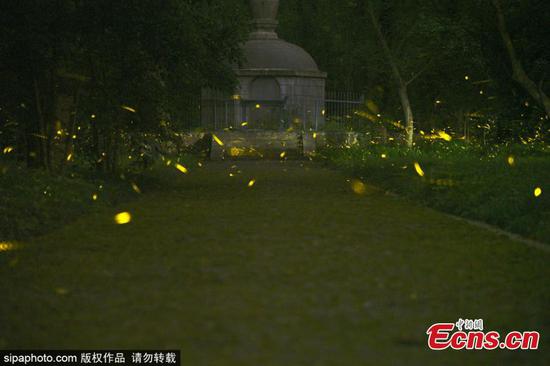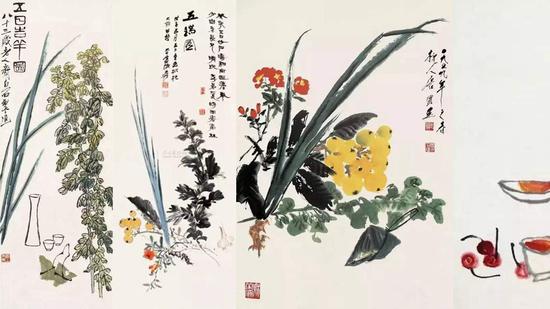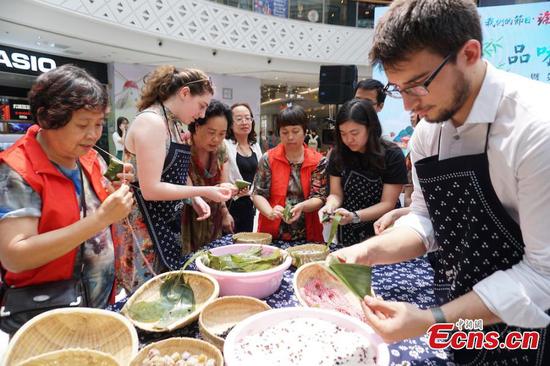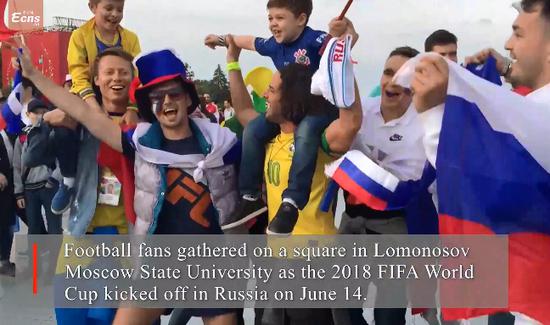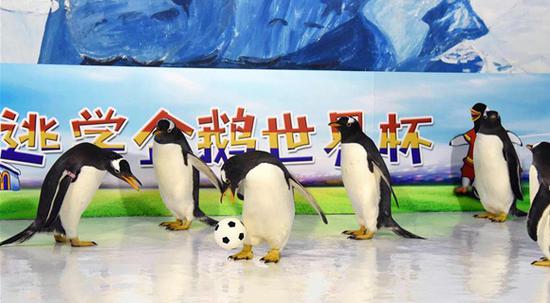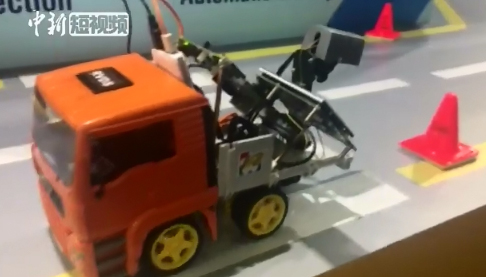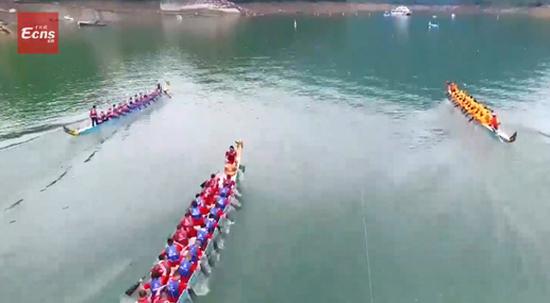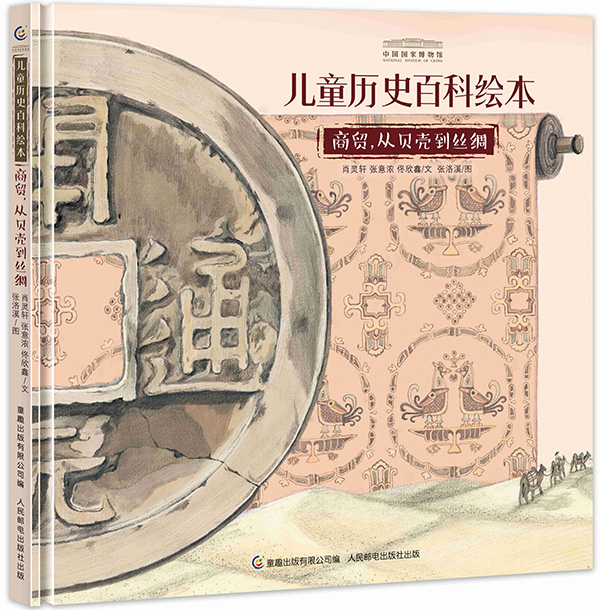
A picture book set featuring eight volumes about Chinese history on a variety of themes for children ages 5 and above has proved a hit. (Photo provided to China Daily)
"More than one hundred years after the collapse of the Han Dynasty (202BC-220), the Roman Empire, which favored the Chinese silk trade, gradually began to fall apart and eventually split into two halves. The eastern part, which became known as the Byzantine Empire, continued to trade with China. Archaeologists have since found that there was a novel thing that people from Byzantine sold to China. It was glass cup."
This is an excerpt from a volume about commerce and trade from a series of picture books about Chinese history. Below the Chinese text is a vivid picture showing a busy spot on the Silk Road, depicting people dressed in the style of the Tang Dynasty (618-907). Among them, a Chinese man can be seen observing a glass cup being presented to him by a foreign businessman from the Western Regions outside Yumen Pass.
Meanwhile, a traveler leading a camel talks to another man as a Buddhist monk, who seems to be traveling far for his faith, passes by. There is a man with a male lion as its cub plays nearby. The lion, very much favored by Chinese people, was also brought to China from the Western Regions. Behind them, framing this busy tableau, is a row of inns, shops and restaurants. vThere are eight volumes in the picture book set, designed for children aged 5 or above to learn about Chinese history through different themes: food in ancient times, the forming of the concept of home for ancient people, transportation throughout China's history, the great rivers where Chinese civilization originated from, and how people did business.
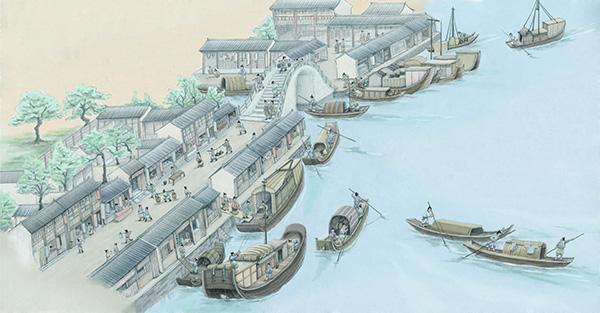
Recently published, the first print run of 20,000 sets has already sold out. So Li Jia, editor in charge of the book from the Children's Fun Publishing Co Ltd, has been busy supervising the second print run of 30,000 sets. (Photo provided to China Daily)
Children's Fun Publishing cooperated with the National Museum of China and the Chinese Academy of Fine Arts to create the books. NMC provided authoritative and accurate texts, while the CAFA team provided the illustrations. It took three years to complete the first five volumes.
In 2014, NMC began organizing public lectures for children ages 4 to 8, explains Zhao Jing, deputy director of the education and publicity department of NMC.
"We found this series of lectures makes it easier for young children to walk into museums and learn about the history of our country."
She adds that, "unfortunately, only a small number of children can attend our lectures, so we thought it was a good idea to make books based on them, which will enable us to reach a wider audience."
They decided to create a range of picture books so that young children, with the help of parents, will have their interest piqued by the vivid pictures, Zhao says.
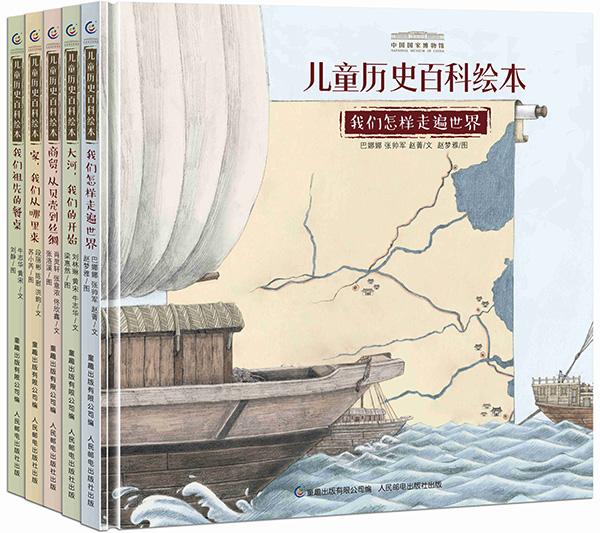
However, as the first of its kind in China, the children's historical picture book turned out to be a very difficult one to produce. (Photo provided to China Daily)
"At first, our team found it impossible to draw the pictures to match the text provided by the NMC," Feng Ye, an art director at the CAFA, explains.
"We needed a very accurate description of the clothes, hairstyles, houses, tools, containers and surroundings of the ancient people, because this is an encyclopedic picture book based on historical fact," he notes.
In the volume about food, there is a picture about barns and wine-making.
"All the barns, the scenes of transporting grain and making spirits-and the bronze rhino-shaped wine container-are drawn according to historical fact or from cultural relics," Zhao says.
Apart from accuracy, the three sides agreed to employ a plain tone for the general style of the pictures, because "in general ancient Chinese people lived a simple life," Li points out.
Moreover, the NMC hopes to give young children a better chance to get closer to their precious collection of cultural relics by providing high-definition photos of them, Li says.
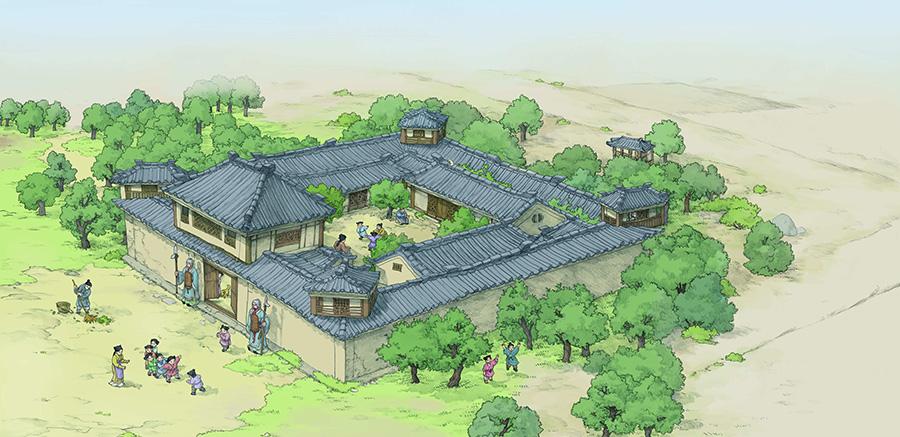
A new series of picture books for children will teach the history of China and the Silk Road. (Photo provided to China Daily)
As a result, Feng adds, the colors used in the illustration should be harmonious with the modest nature of the cultural relics.
"So the people, animals and scenes in the pictures are more real than cartoonish; three dimensional with a good contrast between light and shadow."
Additionally, in order to hold the young readers' interest, the team had to tell the story of each theme from the perspective of a child, so a lot of content that young children cannot relate to in their daily lives was omitted, Zhao says.
"This is also why we chose these themes to arrange the content," she continues.
"We also added some simple games that children can play with their parents as they read the books."
For example, one page teaches children to pack porcelain-ware as people in the Song Dynasty (960-1279) did, so that they would not be broken during the unpredictable journey by sea.
The final three volumes, which are still works in progress, will cover the themes of Chinese art, ancient craftsmanship, and the games children played in ancient times.
"The last three themes have been even more difficult to create, but we hope young children will love them," Li concludes.
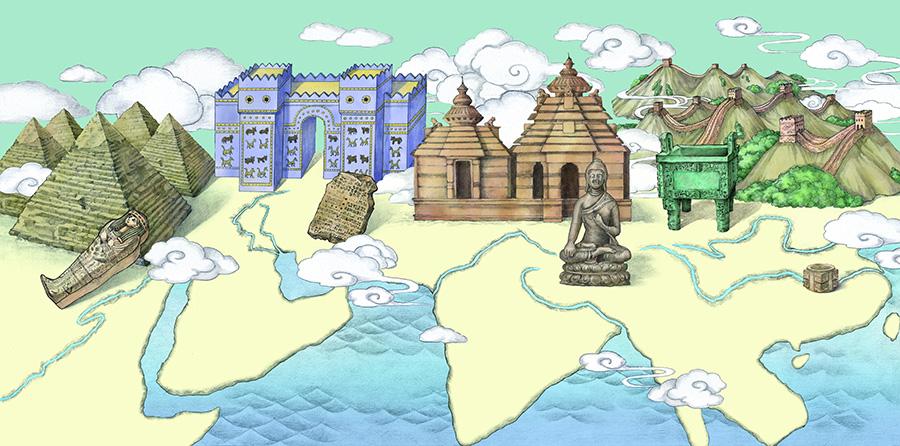
A new series of picture books for children will teach the history of China and the Silk Road. (Photo provided to China Daily)
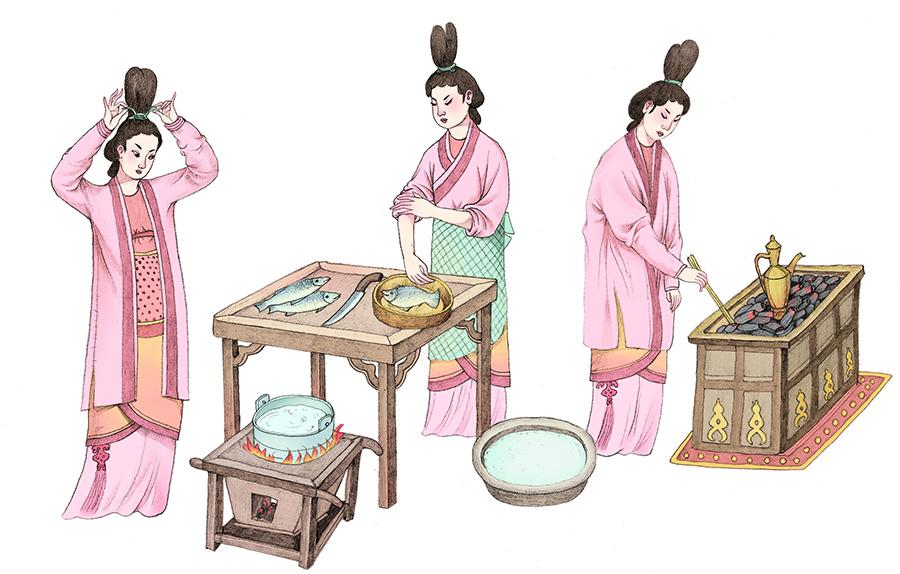
A new series of picture books for children will teach the history of China and the Silk Road. (Photo provided to China Daily)
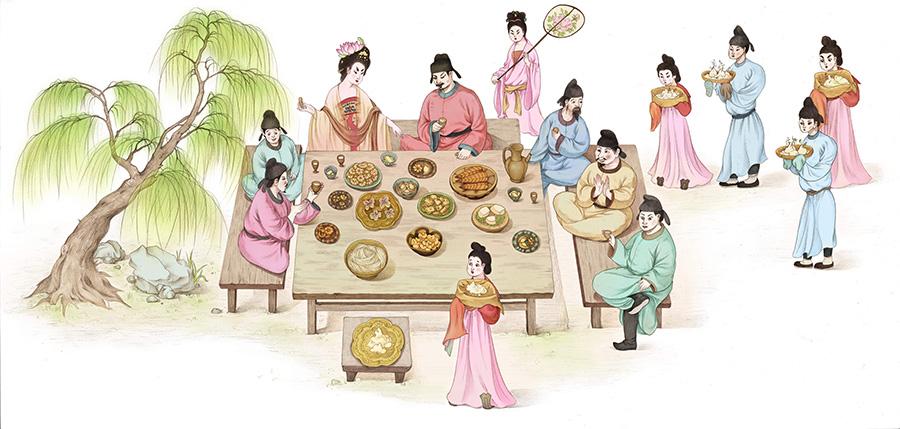
A new series of picture books for children will teach the history of China and the Silk Road. (Photo provided to China Daily)

A new series of picture books for children will teach the history of China and the Silk Road. (Photo provided to China Daily)
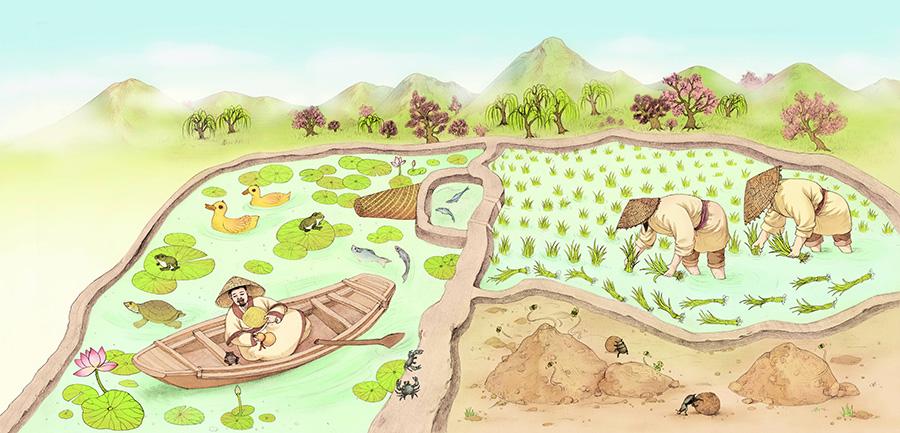
A new series of picture books for children will teach the history of China and the Silk Road. (Photo provided to China Daily)










